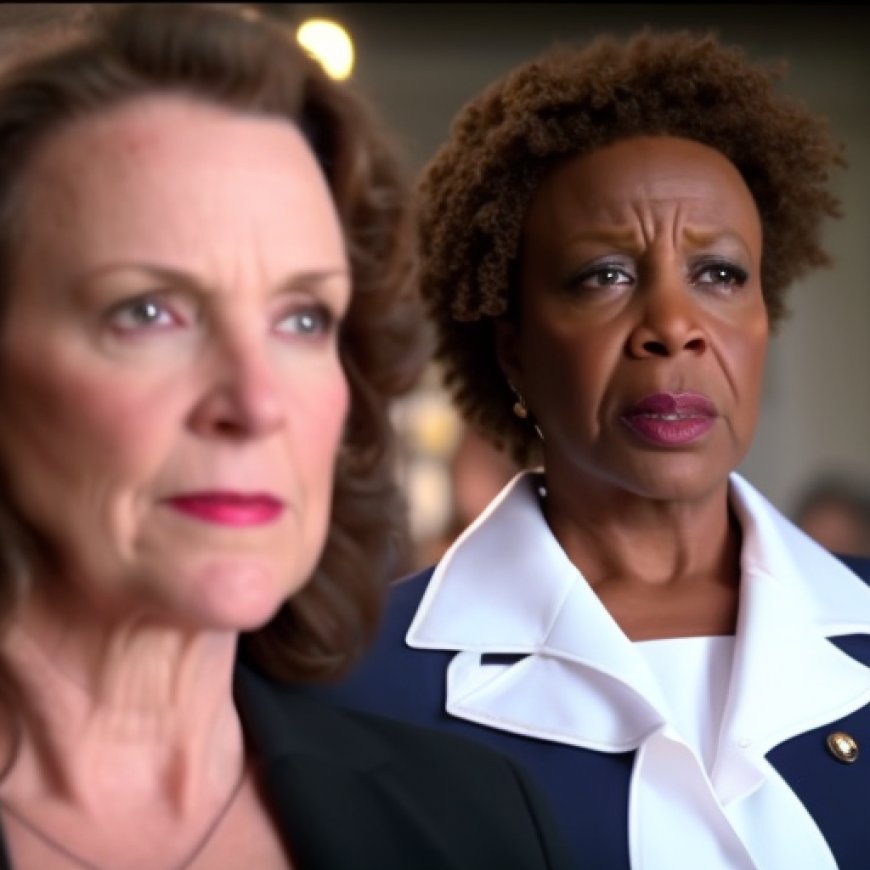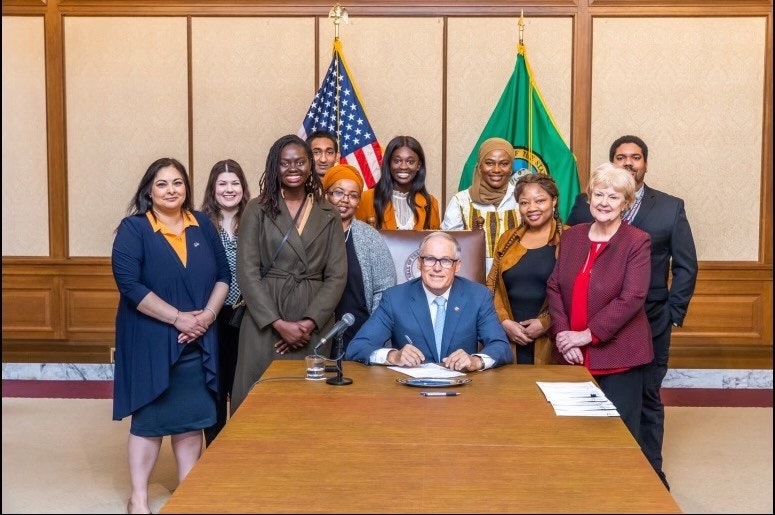Coalition against female genital mutilation supports victims in Washington state
Coalition against female genital mutilation supports victims in Washington state KUOW News and Information


A Coalition in Washington State Aims to Educate and Support Victims of Female Genital Mutilation

Introduction
A coalition of nonprofit and state organizations in Washington state has come together to address the issue of female genital mutilation (FGM). The coalition aims to educate and support victims, as well as individuals at risk of undergoing this nonmedical procedure. The coalition’s efforts align with the Sustainable Development Goals (SDGs), particularly SDG 5: Gender Equality, which seeks to eliminate harmful practices against women and girls.
The Law and the Need for Protection
The coalition’s work is in response to a law that was enacted in Washington state last year. The law recognizes that over 500,000 individuals in the United States have either experienced or are susceptible to FGM. This cultural practice is intended to suppress female sexual desires and enhance marriage prospects. The law specifically aims to protect girls under the age of 18.
In a 2016 report by the Population Reference Bureau, the Seattle-Tacoma-Bellevue area was ranked fifth among U.S. metropolitan cities with the highest risk of FGM. This highlights the urgency and importance of addressing this issue in the region.
The Impact of FGM and the Coalition’s Efforts
Female genital mutilation has been a federal crime since 1996, and in 2020, the U.S. legislators strengthened the law by increasing the maximum prison sentence from five to ten years. However, families continue to send their children abroad to undergo this procedure. Muna Osman, a nurse practitioner and co-leader of the Washington Coalition to End Female Genital Mutilation and Cutting, has been advising doctors on how to support patients who have undergone FGM. She also hosts online forums for victims of gender-based trauma.
Osman has heard accounts of girls in the Seattle area being sent abroad for FGM. She shared the story of a college freshman who underwent the procedure when she was 16 and was kept in her home country for a year until she healed, before being brought back to the U.S. The coalition aims to provide support and protection for these girls, who may not have had anyone to advocate for them in the past.
The new state law also includes penalties for doctors who perform FGM procedures, although it is unclear if this practice is happening in Washington state.
Support from Medical Professionals and the Importance of Resources
The Washington Medical Commission, while acknowledging that disciplinary action would have been taken against FGM even before the passage of the law, expressed support for the legislation. Washington was one of only 10 states in the country that did not have specific laws addressing FGM. Stephanie Mason, a spokesperson for the commission, emphasized the importance of addressing this issue and providing resources for women who have experienced FGM.
Absa Samba, a co-founder of the Washington Coalition to End Female Genital Mutilation and Cutting, highlighted the need for resources to help women cope with the trauma of FGM. She sees this coalition as an opportunity to set an example for the rest of the United States and believes that Washington is leading the way in addressing this issue.
SDGs, Targets, and Indicators
-
SDG 5: Gender Equality
- Target 5.3: Eliminate all harmful practices, such as child, early, and forced marriage and female genital mutilation.
- Indicator 5.3.1: Proportion of women aged 20-24 years who were married or in a union before age 18.
-
SDG 16: Peace, Justice, and Strong Institutions
- Target 16.2: End abuse, exploitation, trafficking, and all forms of violence against and torture of children.
- Indicator 16.2.3: Proportion of young women and men aged 18-29 years who experienced sexual violence by age 18.
Analysis
The article highlights the issue of female genital mutilation (FGM) and the efforts to address and prevent it in Washington state. Based on the content of the article, the following SDGs, targets, and indicators can be identified:
1. SDG 5: Gender Equality
- Target 5.3: Eliminate all harmful practices, such as child, early, and forced marriage and female genital mutilation.
- Indicator 5.3.1: Proportion of women aged 20-24 years who were married or in a union before age 18.
The article discusses the efforts to educate and support victims and individuals at risk of undergoing FGM, which aligns with the target of eliminating harmful practices like FGM.
The article mentions that the law aims to protect girls under 18, indicating the relevance of this indicator in measuring progress towards preventing child marriage and FGM.
2. SDG 16: Peace, Justice, and Strong Institutions
- Target 16.2: End abuse, exploitation, trafficking, and all forms of violence against and torture of children.
- Indicator 16.2.3: Proportion of young women and men aged 18-29 years who experienced sexual violence by age 18.
The article highlights the need to protect girls from FGM, which is a form of violence and exploitation against children. This aligns with the target of ending all forms of violence against children.
Although not explicitly mentioned in the article, FGM can be considered a form of sexual violence against girls. Therefore, this indicator can be relevant in measuring progress towards preventing FGM.
Table: SDGs, Targets, and Indicators
| SDGs | Targets | Indicators |
|---|---|---|
| SDG 5: Gender Equality | Target 5.3: Eliminate all harmful practices, such as child, early, and forced marriage and female genital mutilation. | Indicator 5.3.1: Proportion of women aged 20-24 years who were married or in a union before age 18. |
| SDG 16: Peace, Justice, and Strong Institutions | Target 16.2: End abuse, exploitation, trafficking, and all forms of violence against and torture of children. | Indicator 16.2.3: Proportion of young women and men aged 18-29 years who experienced sexual violence by age 18. |
Behold! This splendid article springs forth from the wellspring of knowledge, shaped by a wondrous proprietary AI technology that delved into a vast ocean of data, illuminating the path towards the Sustainable Development Goals. Remember that all rights are reserved by SDG Investors LLC, empowering us to champion progress together.
Source: kuow.org

Join us, as fellow seekers of change, on a transformative journey at https://sdgtalks.ai/welcome, where you can become a member and actively contribute to shaping a brighter future.







